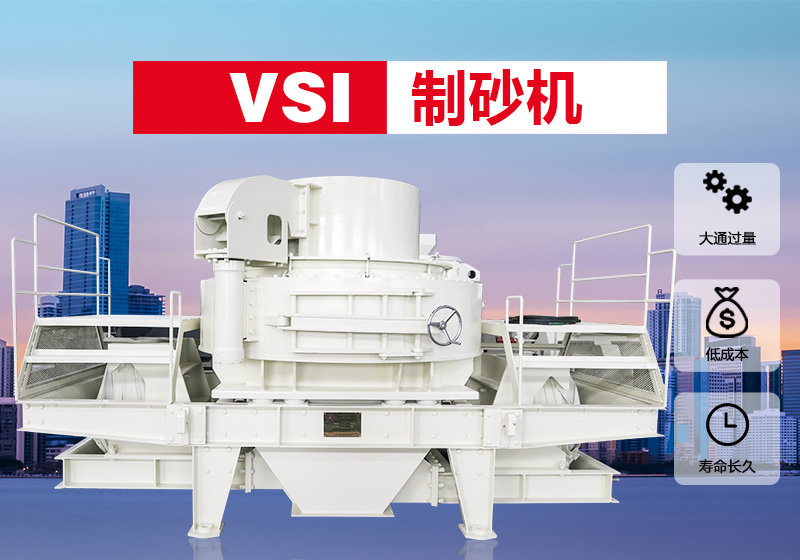The vibration source of circular vibrating screen is usually a vibration motor or exciter. The vibration motor or exciter is driven by a motor to generate rotational motion. When the eccentric block of the vibration motor or exciter rotates, centrifugal force is generated, which is converted into vibration force in the axial direction of the vibrator and transmitted to the screen. Specifically, the motor causes the eccentric block of the exciter to rotate at high speed through the V-belt, which excites the screen box to produce a circular motion of a certain amplitude.
The screen box produces continuous circular motion under the action of vibration force. The material is subjected to the impulse transmitted by the screen box on the inclined screen surface, thereby generating continuous throwing motion. This throwing motion causes the material to roll and bounce continuously on the screen surface. In the process of the material meeting the screen surface, particles smaller than the screen hole will pass through the screen, while particles larger than the screen hole will remain above the screen. As the screening proceeds, the material is gradually separated into different particle size grades.
The circular vibrating screen completes the particle size separation process through a three-dimensional motion trajectory, and its screening efficiency is much higher than that of the traditional two-dimensional vibrating screen. Due to its large screening area and high vibration frequency, it can screen a large amount of materials quickly and efficiently, with good grading effect.






 Leave Message
Leave Message Chat Online
Chat Online











